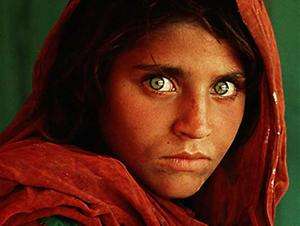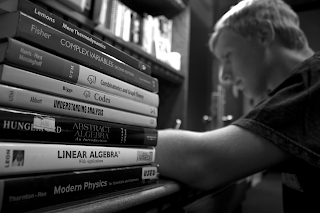Composition: When composing each photo, I always had the goal of framing the scene in a way that captures how the figure is interacting with the scene. In order to set a tone and give an otherwise inanimate figure personality and life. This meant going down to the level of the figure(s), and seeing things from their point of view. I experimented with scale, lighting and depth of field to achieve the tone I wanted to set in each photo. I generally kept a rather small depth of field, and kept my backgrounds rather simple--sticking with mostly just one object that the figure is interacting with-- in order to keep the focus on the interaction playing out in front. I used lighting on the figures just like how one might for a real person, to draw attention to a face or create a certain shadow.
Concept/Motivations/Method: I loved Disney's Cinderella when I was little. Knowing this, one of my friends in high school gave me these figurines for my birthday, and they have remained desk ornaments ever since. I thought that it would be fun to create different environments for them, and imagine how they might react within that situation. For example, if Cinderella came across a shoe lying on the ground, would she feel compelled to try it on for size? Would seeing the clock strike midnight send a little shiver up her spine? Some of the scenes I created harken back to the Disney movie-- Gus and the beads (http://bit.ly/fMpqbo), the shoes, the carriage and and the clock striking midnight. However, I also created a few of my own, such as the spider plant and the figures trying on jewelry. I felt that while it was fun to recreate scenes from the movie, it was also interesting to create these new scenes that might provide more room for thought and interpretation.
Context: When brainstorming for this project, I didn't have a particular artist in mind that has done this sort of work. As I think of it, I suppose I drew upon ideas like the Toy Story movies and what classmates have done with this kind of idea across the semester. Also, now that I think of it, the series "What Stormtroopers Do On Their Day Off" could be similar, though I think that there is much more humor involved than in my series.


















































